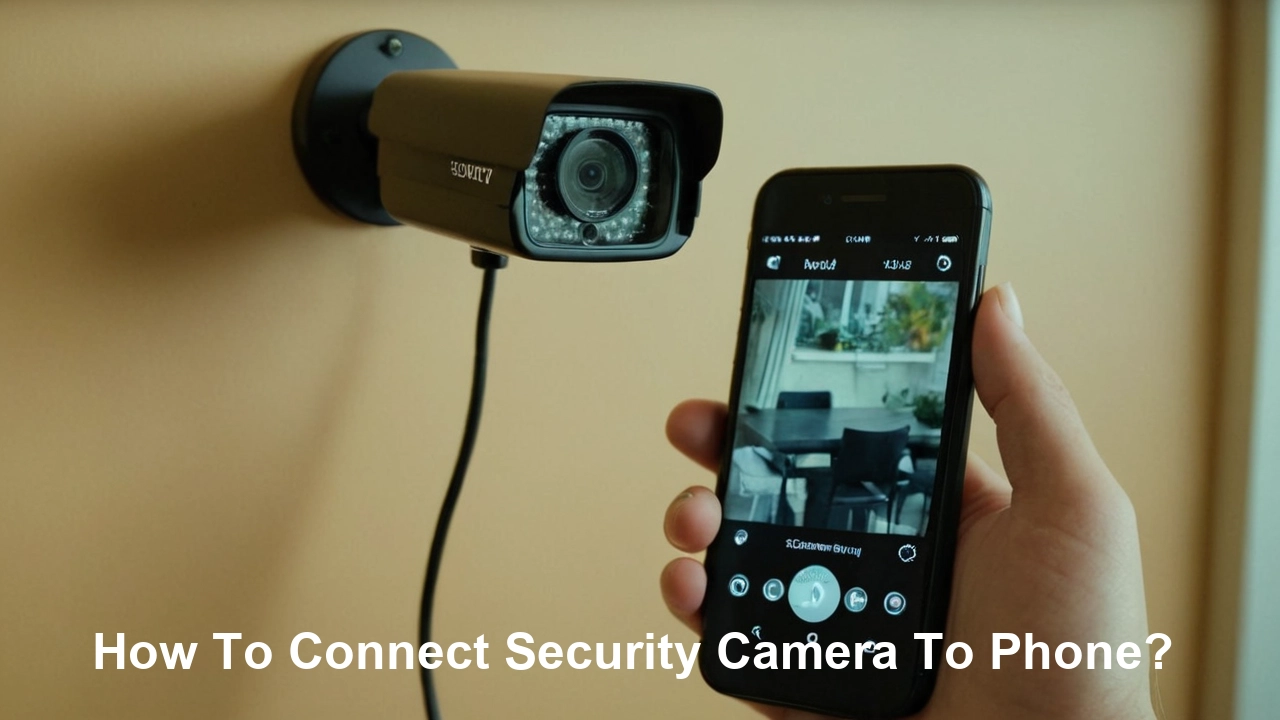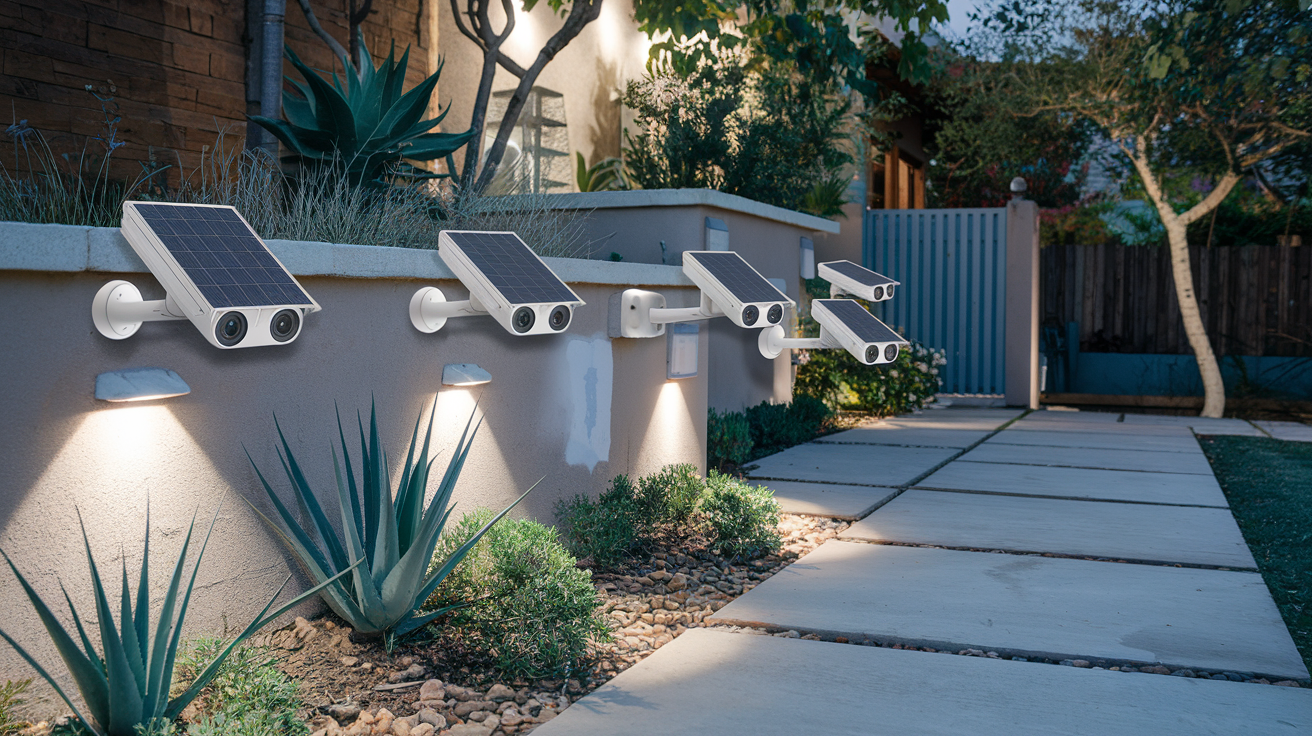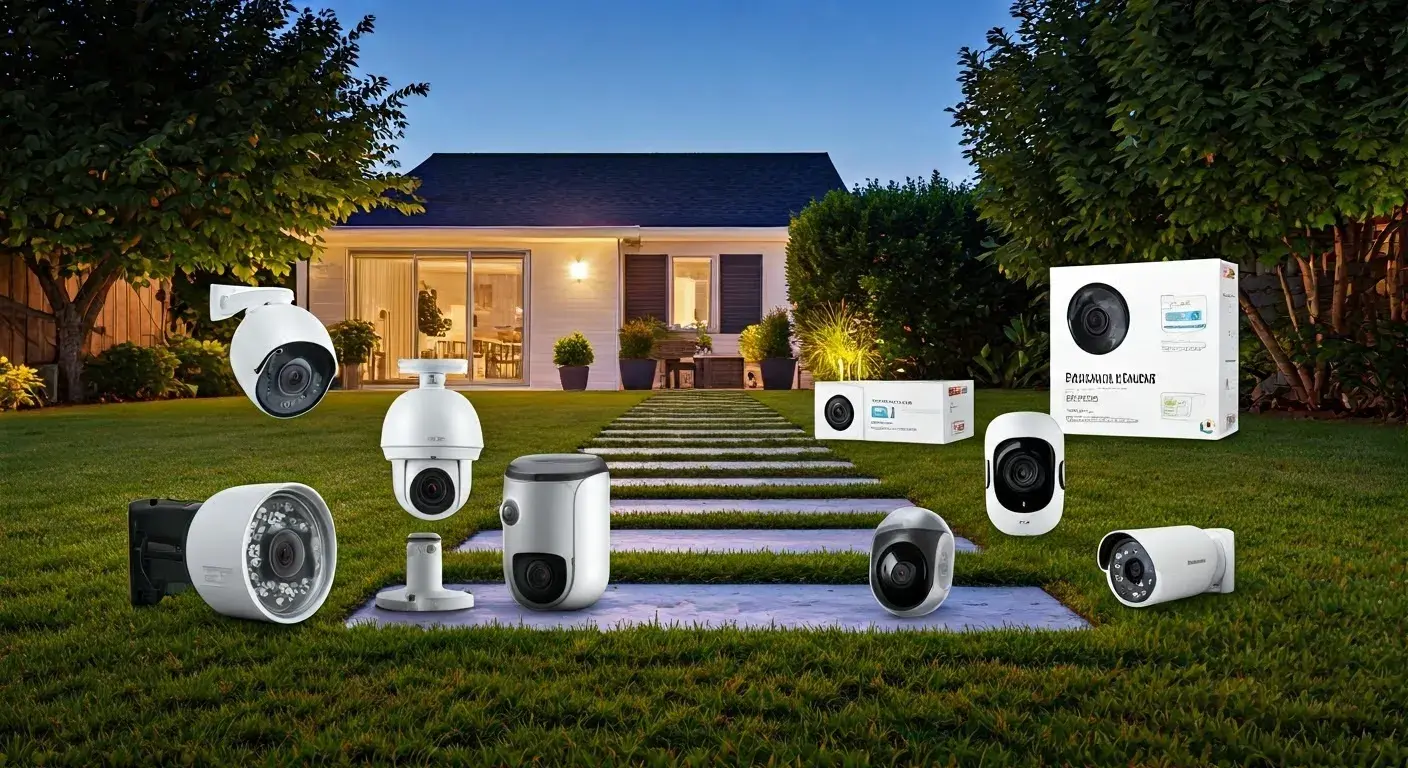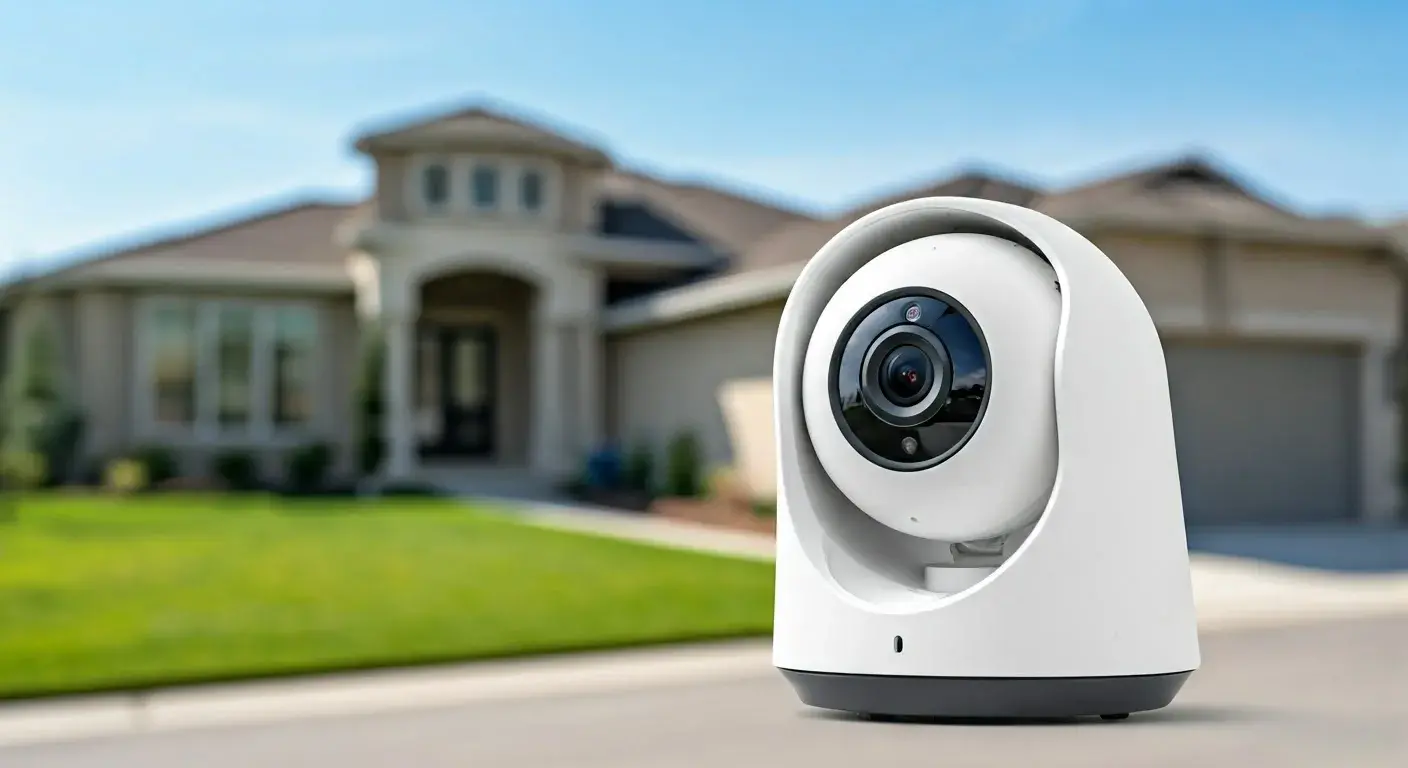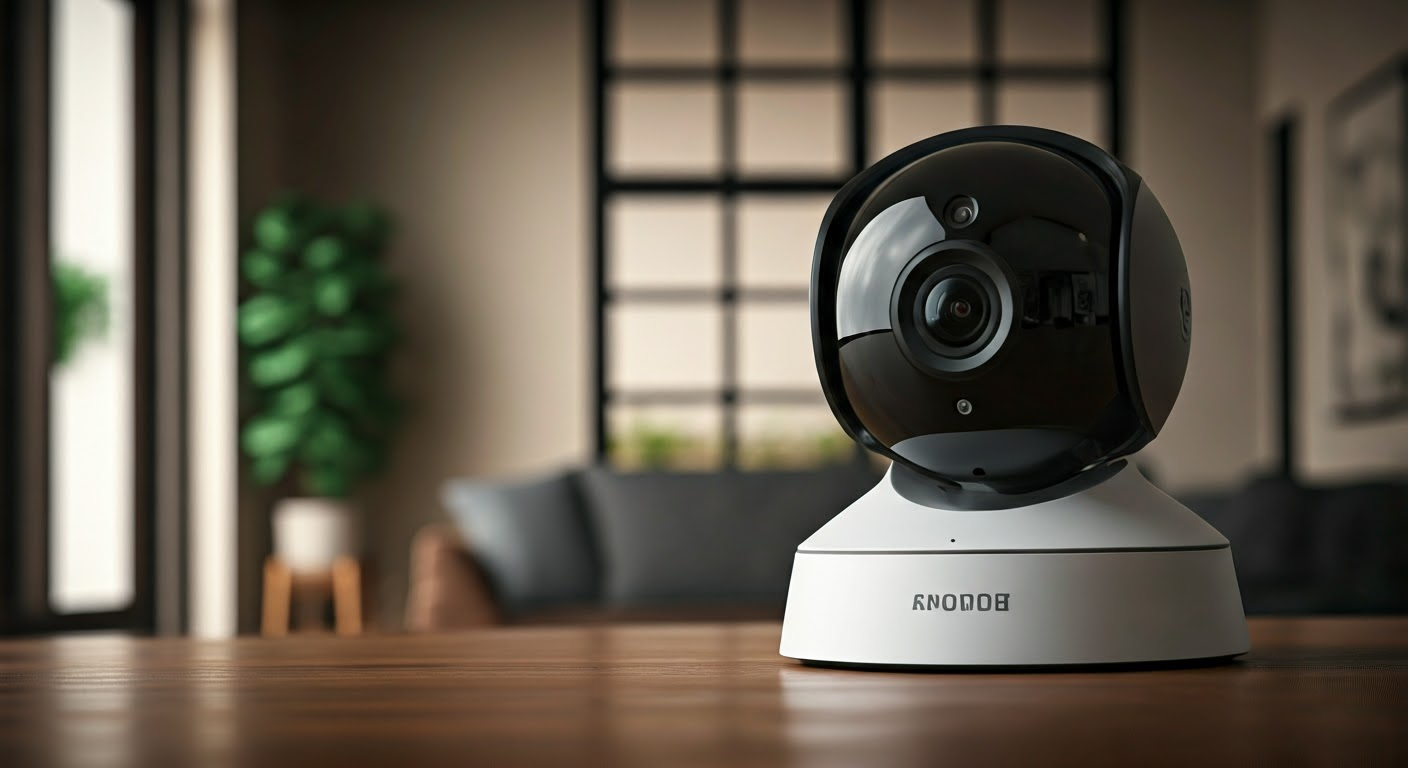Taking your security camera to your phone can afford you a great opportunity to monitor your home or office at your convenient time. After some research and comparing different offers, purchasing security cameras that are connected to a phone is not a very difficult task as long as you have the right equipment and software. Below are the simple instructions on how to connect your security camera to your phone.
The first requirement you will have is an IP security camera that is capable of connecting to your wireless network. They have however become more affordable in the recent past and there is a variety of brands and models in the market. Ideally, you should go for a camera that has a minimum of 1080P HD video resolution, night vision, motion detection, and a mobile app for the camera. Brands such as Arlo, Ring, Nest, Eufy, Wyze and many others in the market offer security cameras that are easy to link to a phone.
After choosing the right security camera model that will suit your needs, you will have to install the camera hardware. This often simply involves safely installing the camera where it needs to be, plugging it in and making sure it can join your home’s Wi-Fi. Please make sure that you read through the instructions provided in the installation guide that accompanies your camera. Connecting your camera is crucial for allowing connectivity to your phone, and this can only be achieved by ensuring it is online and connected to the Wi-Fi.
Once the camera hardware has been put in place, you are now set to access it via your smartphone. In most cases, you will have to download a free mobile application from the camera manufacturer. Specifically, the applications that are developed for the control of the security cameras include the Arlo app, Ring app, Nest app, among others. There should be a step-by-step guide to connecting your camera through the app, if not, then that is the problem.
Usually, you start the application on your phone and it looks for devices or cameras available on the Wi-Fi network to connect with. When it discovers the newly installed camera, you can recognize or assign a name to it and proceed further with the pairing process. It then syncs your phone to the camera video source through Wi-Fi and you are good to go. Perhaps you also have to sign in with the camera company to save videos in the cloud space to your user account.
After the camera has been successfully added in the application, you are ready to start viewing and controlling it on your smartphone screen. You will be able to immediately review any live video stream that your camera captures. Motion detection can also give you real-time mobile alerts. And accessories such as pan and tilt controls, two-way loudspeakers for talking, and even recording capabilities are usually also included.
Additional features of the camera system, including connecting multiple cameras, local storage using SD cards, or Ethernet cables, can also be helpful in your video setup. However, it only takes one Wi-Fi streaming camera connected with an iPhone or Android phone application to begin with. With that minimal setup done, you have a strong mobile security tool for tracking your items and events taking place in your house from a distance.
Note that for the ability to remotely view videos on your phone, connectivity and performance mainly depend on the Wi-Fi upload capacity. Therefore, it is best to locate your camera physically near the optimum wireless signal strength to facilitate mobile operation. If you are experiencing slow choppy video and constant disconnects, then it means your camera is not receiving good signals from Wi-Fi.
Issues related to connectivity or synchronization can be fixed by resetting or power cycling the camera, repositioning the router to get better coverage, or changing to a better internet plan with higher bandwidth throughput. Go to your camera manufacturer’s website and locate the Frequently Asked Questions to get more comprehensive instructions. However, in most simple connection issues, a simple reboot of the hardware or even the router can solve the problem.
Smartphones make it very easy indeed to look into your cameras, anywhere, any time, you can also extend the viewability of security camera feeds to other devices. Watching your video on tablets allows for larger touchscreens. With larger screen televisions and fast connection speeds, it is as if you’re watching a theater-sized live feed. And connecting the cameras directly to your computer provides much better analytical, recording, and storage capabilities compared to mobile devices only. Think about a combination of the monitors and screens that are now incorporated into the contemporary connected cameras.
As pointed out above, it is quite clear that one can link the surveillance cameras directly to your phone, which is in your pocket, in a few steps. While early security cameras were standalone devices, or sometimes integrated into a dedicated security system, the ability to monitor and actively control security cameras through smartphones and tablets is now a default function on most devices. Free yourself of fears and doubts with a quality connected camera to monitor belongings and activities, and receive alerts to check anything suspicious.
Call on (888) 805-5456 to get home security system now!
